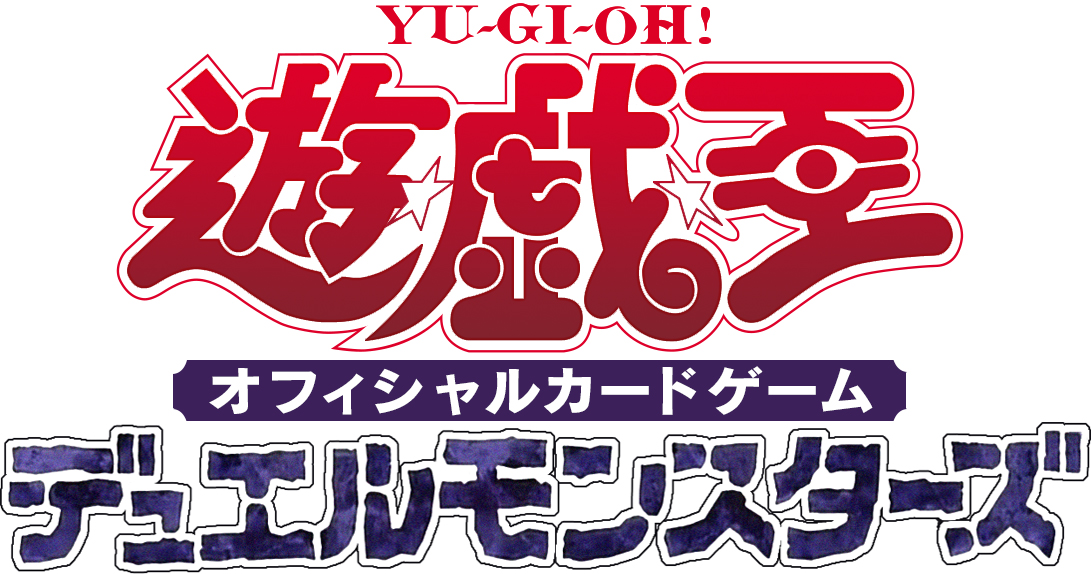SCREW THE RULES, I HAVE MONEY! - Vol.2 Official Rules Format
Important terms before we begin:
FORMAT「OCG (Japanese):
META (Most Effective Tactics Available) - the strategy in a game which leads to victory the most often.
-----------
The Official Rules Format is difficult to decipher historically due to its nature. The Internet was in its infancy, meaning that one can't just find Deck lists from the period. This combined with the limited card pool and younger fanbase means that there is no historical Meta to find. This applies for most of
Series 1, though what is and isn't Meta can be discerned through the cardpool.
It's for this reason that Meta analysis is colored by conjecture. We don't have Deck profiles we can look at to see what was successful at tournaments during this period. So we must make our own:
While the Side Deck is of my own creation, this Main Deck was designed by yusi_ygo with the Deck list located here. He is a valuable resource for understanding the OCG's early history according to a veteran perspective. As you can see, this Deck is filled with the best cards in the game at the time. The strongest monsters, Magic and Trap cards fill all 40 slots and serve to push the very simple gameplay that the Official Rules facilitates.
All of these cards have been explained in previous posts. What you might notice though is that there are no Equip Cards. Why would you use them when you can just use monster removal to clear the path? You might replace "Two-Pronged Attack" for an Equip Card, but there's no space otherwise.
What is notable about this list is the sheer number of high rarity cards stuffed within it and how powerful those cards are in comparison to the Commons. Not that there are no Commons in this list:
Aqua Madoor/Two-Pronged Attack (Starter Box:TR)
Spirit of the Harp/Uraby (Vol.2)
Though they're supposedly the easiest cards to get during this time, Aqua Madoor was only released within the Theatrical Release. That meant that this build would be difficult to pull off in general: you might see 1 Madoor/3 Harp instead of these optimal ratios. However, there would be another way to get the card.
4000 Ultra Secret Rare「ウルトラシークレットレア Urutora Shīkuretto Rea」copies of this card were given out to participants in the trial tournament (「遊戯王DMⅡ
While those who earned it could show it off on the Duel Field, its rarity was a massive symptom of Series 1 Yu-Gi-Oh's biggest flaw: the sheer expense of buying/getting good cards. Rarity made most of these cards difficult to get playsets of the good cards.
Vol.1:
Dark Hole/Trap Hole/Fissure (Super Rare)
Dark Magician/Gaia the Fierce Knight (Ultra Rare)
Vol.2:
Monster Reborn/Mystical Elf (Super Rare)
Curse of Dragon/Swords of Revealing Light (Ultra Rare)
Due to how rarities are distributed, there was such a heavy cost to get this kind of Deck that it wasn't worth getting everything at once. This was a similar situation to how Yugi-Kaiba Format developed historically: there were good Decks, but the younger, less affluent playerbase couldn't so easily get the best cards. It was possible if you had money, but that was a scarce resource for the majority.
That doesn't mean that it was impossible to get them. The Ante Rule allowed for one to get lucky and have a needed card be gambled. Card shops were and still are a source for getting single cards, but that either required money or a willingness of the owner to give the card as a gift. As you can see, this made this format in particular very difficult for Meta followers to build around.
For the psychic, buying 3 copies of the Theatrical Release would have net you the 3 copies of Aqua Madoor and an immediate advantage against weaker opponents. But unlike the other listed cards, the Starter Box guaranteed two more cards for your Deck.
As the strongest monster in the game at this point, it was a crime that Blue-Eyes White Dragon managed to become relatively easy to get in comparison to almost everything else. Its very presence on the field was oppressive. Thanks to its overwhelming Attack Power, nothing could destroy it by battle in a practical sense. One could out it with an equipped Dark Magician/Gaia the Fierce Knight if it was forced to Defense or face-down, but the very threat of Blue-Eyes makes the Setting trick less reliable. If you lack a Trap Hole/Capture Jar in the Magic & Trap Zone, you'll find yourself on the back foot to your opponent's Blue-Eyes.
If Blue-Eyes being the most easily available monster was bad enough, then the accessibility of Raigeki at multiple copies to those who could get it created a nightmare. The threat of your opponent's monsters bearing down on your Life Points after losing all of yours was a potential way to see your Duels and your Matches slip from your fingers. While Monster Reborn/Swords of Revealing Light helped add more complexity to the game, the main strategy remained throwing figurative punches at your opponent until either they or you collapsed with 0 Life Points.
---------------
I haven't covered everything that this format has to offer historically. To make it clear, not everyone had 3 of both. Having 1 of both was still viable due to how strong both cards were. Other tactics filled up Deck space, but they became more central to victory during the 2nd half of the VOL.2 SUPERFORMAT than the first. Thus, I will discuss them during that post instead of here.
Regardless, one could see the issues that the Official Rules caused, and as Konami staff watched tournaments play out, they came to a simple conclusion: the OCG as they had released it wasn't going to work.

.png)


Comments
Post a Comment